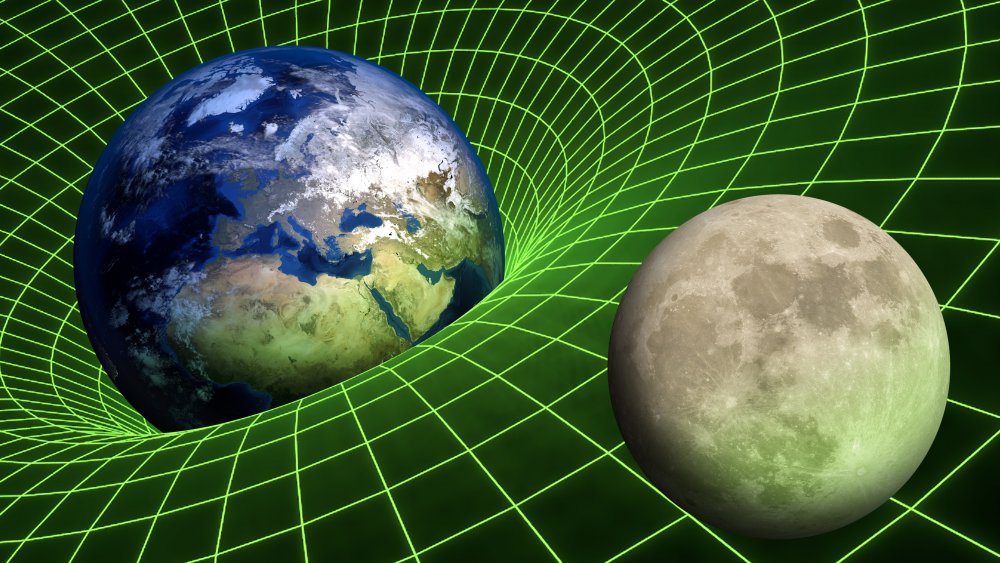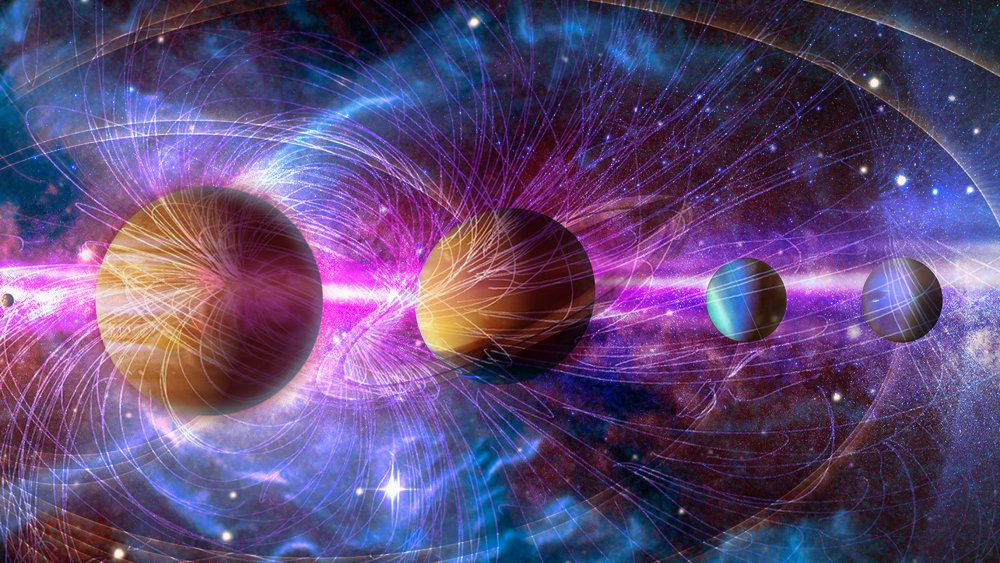Gravitational Waves Detected For Second Time Ever
Discovering something for the first time is a magnificent thing, but it's not until you observe it a second time that you prove that the first one wasn't just a fluke. As Space.com tells us, one of these great second times took place in January 6, 2020, when the Laser Interferometer Gravitational-Wave Observatory (LIGO) in Honolulu repeated its 2015 trick of detecting gravitational waves.
Wait, hold on. Isn't gravity a bit of an old thing? Isaac Newton and that whole story with the apple, anyone? Well, it turns out this story is not about that gravity. Rather, LIGO reportedly spotted "two ultradense stellar remnants known as neutron stars violently crashing together." That's pretty cool — and it gets even cooler when you find out just what role gravitational waves play in it all.
Behold the magnificence of the gravitational wave
Gravitational waves are kind of a big deal because, as NASA tells us, they're invisible "ripples" that move with the speed of light, squeezing and stretching everything they encounter. Don't worry, though. This doesn't mean they're about to play you and your loved ones like an accordion, because they tend to come from so far away that they're quite weak by the time they reach earth. After all, gravitational waves from the first event LIGO observed reached Earth in 2015 and we're still around.
The concept of the gravitational wave was first proposed by Albert Einstein himself, and it goes like this: A significantly large cosmological event — think black holes colliding, or huge stars orbiting each other, or a supernova — causes what Space.com describes as ripples in the very fabric of space-time. This would mean that the good people at LIGO basically witnessed two superheavy remnants of dead stars crashing into each other so hard, it smacked time and space right in the face. We feel it's fair to say that whatever story these scientists will be telling their grandchildren, it probably has Isaac Newton and his falling apples beat.

